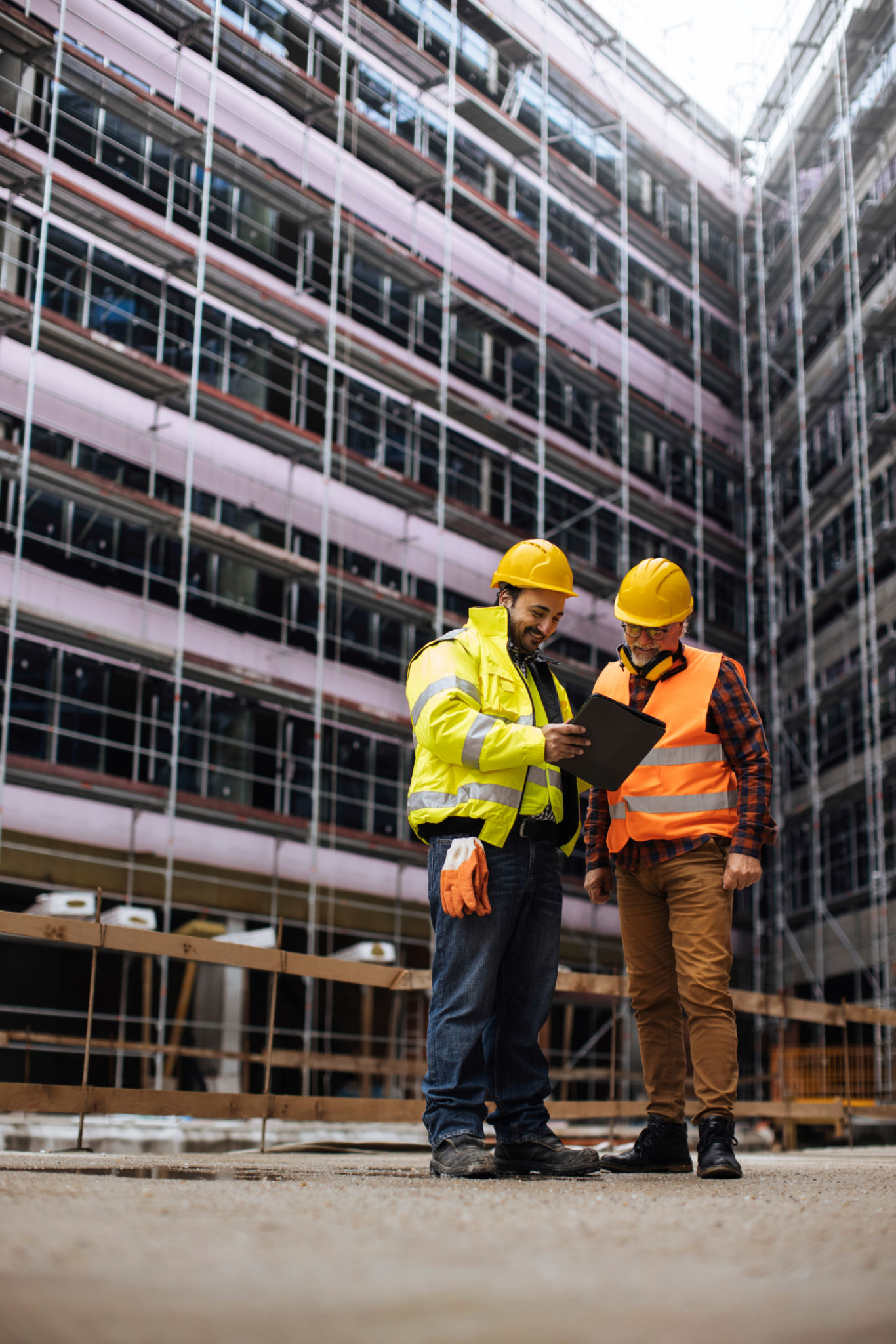Understanding Local Regulations for Construction in Sabah
Introduction to Local Regulations
Understanding local regulations for construction in Sabah is crucial for any developer or contractor planning to build in the region. The unique landscape and environmental considerations require adherence to specific guidelines that ensure sustainable development and community safety. This guide will provide a comprehensive overview of the key aspects you need to know.

Building Permits and Approvals
Before commencing any construction project in Sabah, obtaining the necessary building permits and approvals is essential. The process typically involves submitting detailed plans to the local authorities, who will review them for compliance with zoning laws and safety standards. Failure to secure these permits can result in fines and project delays.
Approval from the local council is often required, and this can vary depending on the size and nature of the project. It is advisable to consult with a local expert who is familiar with the intricacies of Sabah's regulatory environment.
Environmental Considerations
Sabah's rich biodiversity and natural resources necessitate strict environmental regulations. Developers must conduct Environmental Impact Assessments (EIA) to evaluate the potential effects of their projects on the surrounding ecosystem. The EIA process ensures that construction activities do not harm wildlife habitats or contribute to deforestation.

Furthermore, compliance with waste management and pollution control measures is mandatory. Ensuring that construction activities align with these environmental guidelines not only supports sustainable development but also enhances the company's reputation.
Zoning Laws and Land Use
Zoning laws in Sabah dictate how land can be used in different areas, influencing the type of construction that can occur. These laws are designed to balance development with community needs, ensuring that residential, commercial, and industrial areas are appropriately designated.
Developers must familiarize themselves with these zoning regulations to determine the suitability of a location for their intended project. This may involve engaging with local authorities to clarify any uncertainties about land use classifications.

Health and Safety Standards
Ensuring the safety of workers and the public is a top priority in Sabah's construction industry. Adherence to health and safety standards is strictly enforced, with guidelines covering everything from equipment usage to site management. Regular inspections are conducted to ensure compliance, and violations can result in severe penalties.
Training and certification programs are often required for workers, emphasizing the importance of maintaining a safe working environment. This not only protects individuals but also minimizes the risk of project disruptions.
Conclusion
Navigating the local regulations for construction in Sabah requires careful planning and attention to detail. By understanding building permits, environmental considerations, zoning laws, and health and safety standards, developers can ensure successful and compliant project execution. Engaging with local experts and authorities can further streamline the process, paving the way for sustainable and responsible development.
